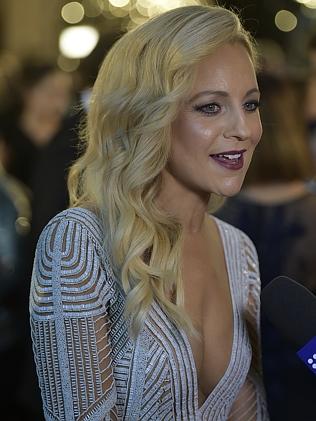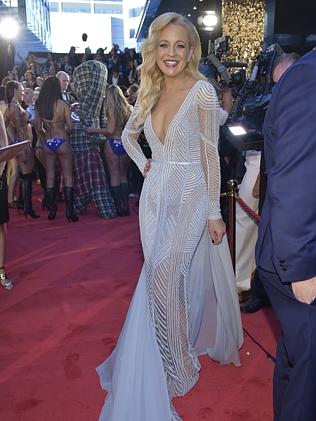So I have been following Hannah Vasanth for quite a few years now. She used to play the keyboard as part of Jessie J’s band (an artist who I am absolutely obsessed with).
Born to South Indian parents and raised in Berlin, Vasanth moved to London in 1997 to sutdy at the Royal Academy of Music. She studied Jazz Performance which was definitely a good choice! Since that time, she has made a name for herself. Playing keyboard for big name artists like Anastasia, the Sugarbabes, Rihanna and Jessie J.
Her influence comes from jazz artists like Herbie Hancock, Bill Evans. However her music is more urban and pop styled influenced from DJs like Diplo to singers like Lana Del Rey.
Hannah is a down-to-earth girl who always finds time to help those around her (next few quotes and excerpt taken from https://www.academia.co.uk/about-us/case-studies/jessie-j/).
“I believe that it is my duty to help and inspire young people, especially artistic ones at the beginning of their journey. For a lot of the youth I am living ’the dream’ – so it’s great to be able to break down the job to them and explain the blood, sweat and tears it took for me to get here! Doing this keeps me grounded – at the same time inspires me to go even further so I can continue being a role model.”
Currently (however recently left) playing for Jessie J, Hannah gave me an insight into her career path and how she came about pursuing music;
“I always wanted to go into music – I was very involved in school bands/choirs/ensembles, but the pop thing just kind of happened – I fell into it through a good friend and MD [Musical Director] Bob Knight offering me a last minute job. The ball just started rolling from then and here I am.”
Hannah is endorsed by Yamaha, and has been for many years, so she’s always had Yamaha ’boards in her rig;
“My first proper professional set up was a controller keyboard, I think it was a Yamaha CP33 with my laptop, as well as a Yamaha ES6. The set up has changed a lot over the years – always based on a Yamaha twin-rig [Motif XF 8/6] with specialist boards being added – a Roland VK7, Nord Lead, etc.”
All other gear on top of the Yamaha boards are usually by recommendation, Hannah tells us, including her recent adoption of the Muse Research Receptor. Being around other touring musicians, she’s always being told about the latest gear by her super-geeky, knowledgeable friends…
“I have known about the Receptor for a long time now – I first heard about it from my friend Michael Blustein – he used to play keys for Enrique Iglesius and now plays for Foreigner. Over the years I have followed Muse Research, and spoken to players that use it. I was toying between a MacBook setup and a Receptor setup for a long time. Ultimately, the Receptor won…”
One of the key benefits of the Receptor is that you can take sounds you created in the studio and play them in a live situation without the worry of anything overheating or crashing. No more substituting sounds for built in, factory sounds as a lot of musicians have been forced to do over the years;
“If I am on a more electronic gig, and the producer created a pad/synth sound using a popular plug-in such as [Native Instruments] Massive – I could then take this preset, load it into the Receptor and literally have the exact same sound as on the record. I am also a fan of String plugins such as [ProjectSAM] Symphobia and [AudioBro] LA Scoring Strings – so am looking forward to using these in the future. Lots of plugins I want to try out!”
So have a listen to the above video and let me know what you think! I can’t wait to here more from this talented lady!














